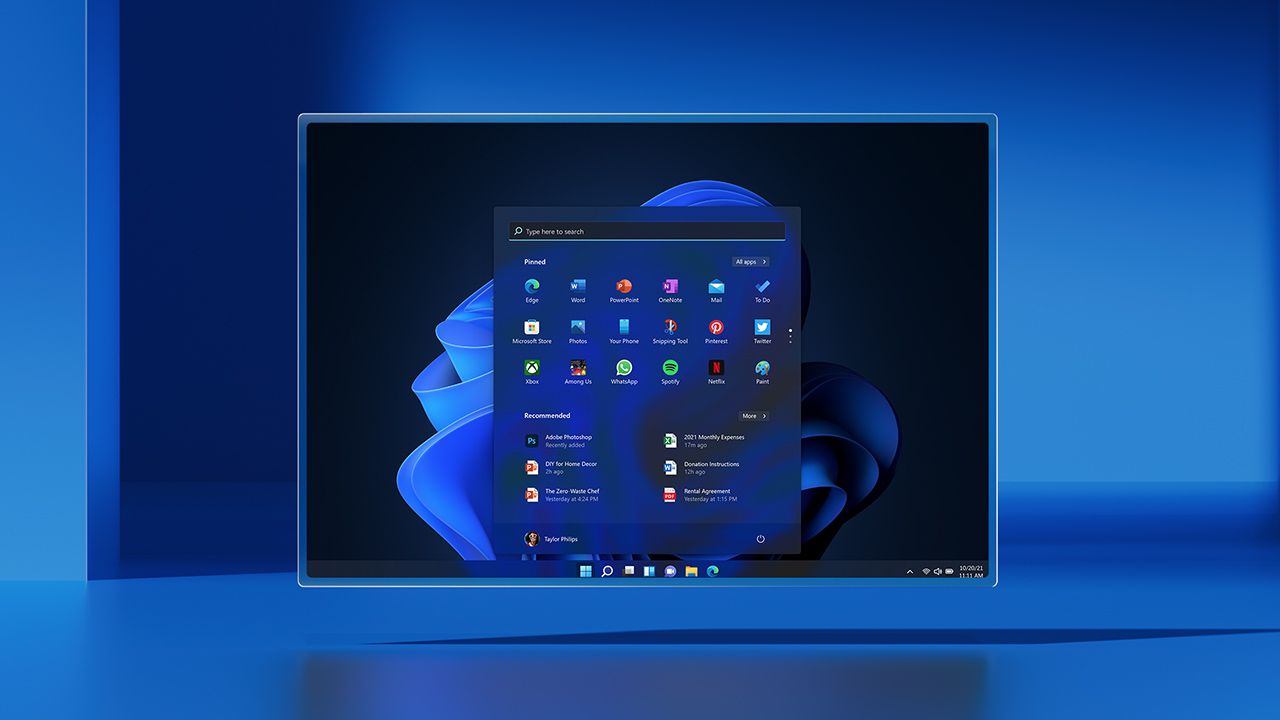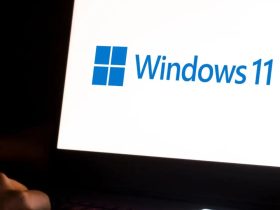Windows 11 is reportedly being used on over 400 million active devices each month. According to Windows Central, internal data from Microsoft suggests that this number is expected to reach 500 million by early 2024.
However, the adoption of Windows 11 has been notably slower compared to its predecessor, Windows 10, a trend that this leaked data appears to confirm.
When Windows 10 was first released, it reached 400 million active devices in just over a year—an adoption rate that Microsoft proudly announced was 115% faster than that of Windows 7.
In contrast, it has taken Windows 11 two years to reach the same milestone, indicating a significant slowdown. For perspective, Windows 10 had already reached 600 million devices within a few months of its two-year anniversary.
Microsoft introduced Windows 11 in October 2021 with strict hardware requirements, supporting only CPUs released from 2018 onward and devices equipped with TPM security chips.
These stringent requirements were part of Microsoft’s strategy to enhance security in Windows 11, with modern chips enabling features like memory integrity through virtualization and Microsoft’s Virtual Machine Platform (VMP).
These hardware requirements have slowed Windows 11’s adoption, especially when compared to Windows 10, which was offered as a free upgrade to users of Windows 7 and Windows 8.
Although Windows 11 is also a free upgrade for Windows 10 users, it is only available to those who meet the minimum hardware specifications, leaving many older machines behind.
The slow adoption of Windows 11 is reflected in data from Steam surveys, where Windows 11 accounts for only 37% of operating systems, compared to nearly 60% for Windows 10.
Similarly, Windows 11’s market share is around 25%, far below Windows 10’s more than 70%.

Microsoft has not officially disclosed the number of active devices running Windows 11. The company used to report combined figures for Windows 10 and Windows 11 monthly active devices on its “Microsoft by the Numbers” website, but this was quietly discontinued late last year.
A cached page shows that in April 2022, there were over 1.4 billion monthly active devices running either Windows 10 or Windows 11, according to Microsoft.
Based on Microsoft’s own numbers, Windows 11 likely accounts for nearly 30% of Windows usage, while Windows 10 remains in use on nearly 1 billion devices.
Microsoft achieved its goal of having 1 billion devices running Windows 10 in March 2020, more than 18 months before the launch of Windows 11.
Support for Windows 10 is scheduled to end on October 14, 2025, meaning that security updates and fixes will cease for millions of machines.
If Microsoft fails to convince more businesses and consumers to transition to Windows 11 (or its successor) by then, the company may have to extend the support deadline.
Microsoft is now anticipated to release Windows 12 in 2024. Intel recently hinted at a “Windows refresh” for 2024, which it expects will boost its revenues. This teaser followed earlier leaks from internal Intel documents that referenced Windows 12.
While Microsoft has not officially announced any plans for Windows 12, there are indications that a future version of Windows will emphasize AI integration.
Yusuf Mehdi, Microsoft’s head of consumer marketing, mentioned in an interview earlier this year that as they develop future versions of Windows, they will explore ways for AI to play a more significant role in the user experience.







Leave a Reply